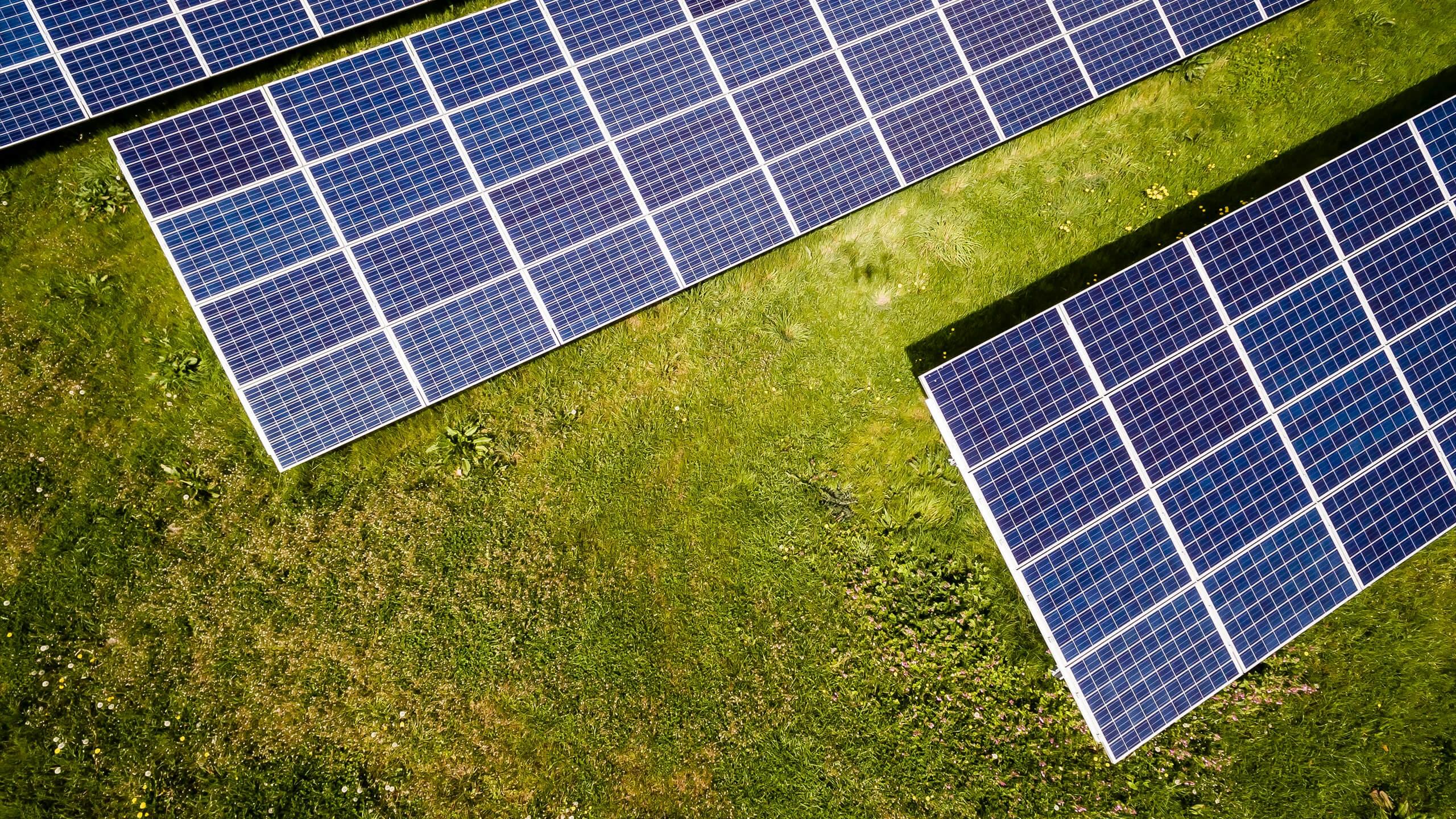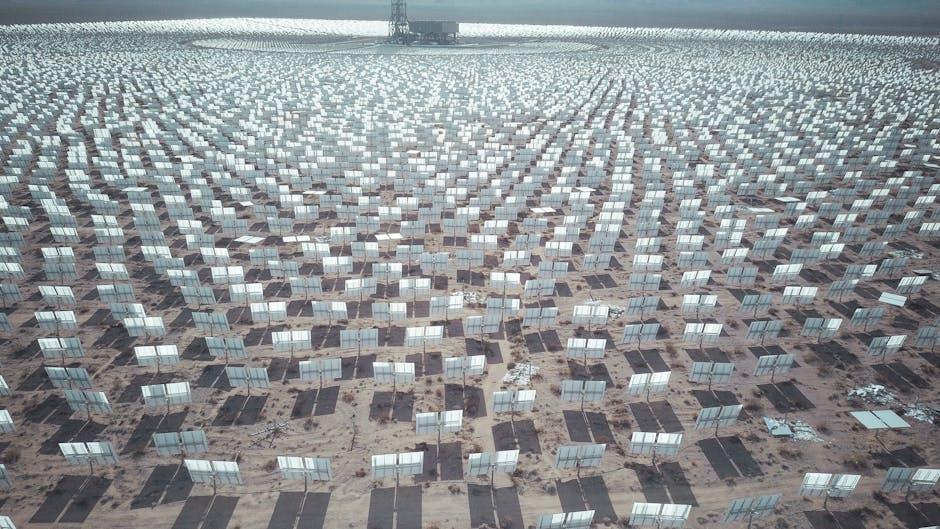In the ever-evolving tapestry of modern technology, solar systems stand as a beacon of hope, capturing the sun’s generous bounty and transforming it into usable energy. Yet, as the world leans increasingly toward sustainable solutions, a critical question emerges from the shadows of innovation: Are solar systems sustainable at their current costs? This inquiry delves beyond the shimmering panels adorning rooftops and expansive solar farms, venturing into the intricate balance of economics, environmental impact, and technological advancement. As we navigate the luminous path of solar energy, we must unravel whether its promise aligns with practical affordability, ensuring a future where sustainability is not just a dream, but a tangible reality for all. Join us as we explore the multifaceted dimensions of this pressing question, seeking clarity in the interplay of cost and sustainability in the realm of solar power.
Evaluating the Economic Viability of Solar Power Solutions
When delving into the financial dynamics of solar power, several factors emerge as pivotal in assessing their economic feasibility. Installation costs have been a significant barrier for many potential adopters, although recent advancements and increased competition in the solar industry have led to a decline in prices. Moreover, the availability of government incentives and tax credits can further reduce the financial burden, making solar systems more accessible to a broader audience. However, the long-term savings on energy bills, often touted as a primary benefit, vary greatly depending on geographic location, sunlight availability, and local electricity rates.
- Initial Investment: While upfront costs remain substantial, financing options such as leasing or power purchase agreements (PPAs) provide alternative pathways to ownership.
- Maintenance and Lifespan: Solar panels are known for their durability, with warranties typically spanning 25 years, yet the need for occasional maintenance can influence overall cost-effectiveness.
- Environmental Impact: Beyond the economic considerations, the reduction in carbon footprint adds an intangible yet crucial layer of value.
Ultimately, while solar systems present a compelling case for sustainability, their financial viability is contingent upon a delicate balance of costs, incentives, and energy savings. Potential adopters must evaluate these elements in relation to their unique circumstances to determine the true economic value of transitioning to solar energy.
Understanding the Environmental Impact of Current Solar Technology
The production and deployment of solar panels, while offering a cleaner energy alternative, are not without their environmental considerations. The manufacturing process of solar panels involves energy-intensive procedures and the use of hazardous materials. Key components like silicon, cadmium, and tellurium must be extracted and processed, often resulting in significant energy consumption and carbon emissions. Additionally, the use of water in cooling and cleaning processes during manufacturing can strain local water resources.
- Resource Extraction: Mining for materials can lead to habitat destruction and pollution.
- Energy Use: High energy input required during production, contributing to initial carbon footprint.
- Waste Management: Disposal and recycling of panels pose challenges due to toxic elements.
Despite these concerns, advancements in technology are gradually addressing these issues. Innovations in recycling methods and energy-efficient production processes are paving the way for more sustainable practices. The industry’s commitment to reducing its ecological footprint is evident in the development of panels that require fewer resources and have longer lifespans, ultimately balancing the scales between environmental impact and sustainable energy production.

Exploring Cost-Effective Innovations in Solar Energy
In the quest to make solar energy more accessible and sustainable, several cost-effective innovations have emerged. These innovations not only focus on reducing the initial installation costs but also on enhancing the efficiency and lifespan of solar systems. Here are some noteworthy advancements:
- Perovskite Solar Cells: Offering a cheaper alternative to traditional silicon cells, perovskite materials promise high efficiency with lower production costs. Their flexibility and lightweight nature open doors for diverse applications, from rooftops to portable devices.
- Bifacial Solar Panels: By capturing sunlight from both sides, these panels can increase energy production by up to 30%. This innovation reduces the overall cost per watt of electricity generated, making solar systems more economically viable.
- Solar Skin Design: Aesthetic customization is now possible without compromising efficiency. Solar skins can mimic the appearance of a roof, blending seamlessly into the architecture while maintaining cost-effectiveness.
These technological breakthroughs are pivotal in addressing the sustainability of solar systems at their current costs. By continuously improving efficiency and reducing material expenses, the solar industry is paving the way for a more sustainable and economically viable energy future.

Strategic Recommendations for Enhancing Solar Sustainability
To enhance the sustainability of solar systems, it is crucial to focus on both technological advancements and economic strategies. Innovation in photovoltaic materials can lead to higher efficiency rates and longer lifespans, reducing the overall cost of energy production. Investment in research and development should prioritize the creation of recyclable solar panels to minimize environmental impact at the end of their lifecycle.
- Government incentives: Implement policies that offer tax breaks and subsidies for solar installations, making them more accessible to a wider population.
- Community solar projects: Encourage shared solar initiatives where individuals can invest in communal solar farms, reducing individual costs and maximizing space usage.
- Smart grid integration: Develop smarter energy grids that efficiently distribute solar power, reducing wastage and optimizing energy use.
- Education and awareness: Enhance public understanding of solar benefits and maintenance, encouraging adoption and proper usage.
By adopting these strategies, we can pave the way for a more sustainable and economically viable solar future, ensuring that solar systems not only remain a clean energy solution but also a financially attractive one.
Wrapping Up
In the grand tapestry of our technological evolution, the question of sustainability in solar systems at their current costs is but a single thread. As the sun casts its unwavering gaze upon our endeavors, it beckons us to ponder not just the economics, but the ethos of our energy choices. Are we weaving a future that balances fiscal prudence with environmental stewardship, or are we tethered to the shadows of short-term gain?
The dialogue surrounding solar systems is as dynamic as the sun’s dance across the sky, and it invites us all to engage with an open mind and a discerning eye. As innovations continue to illuminate new paths, and as costs shift like sands in an hourglass, we find ourselves at a crossroads of opportunity and responsibility.
Ultimately, the sustainability of solar systems transcends mere numbers; it resides in our collective will to harmonize progress with preservation. As we close this chapter, let us remain curious, informed, and ever hopeful, for in our hands lies the power to sculpt a brighter, more sustainable tomorrow.

































